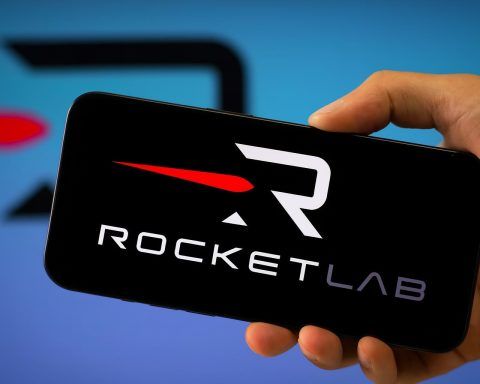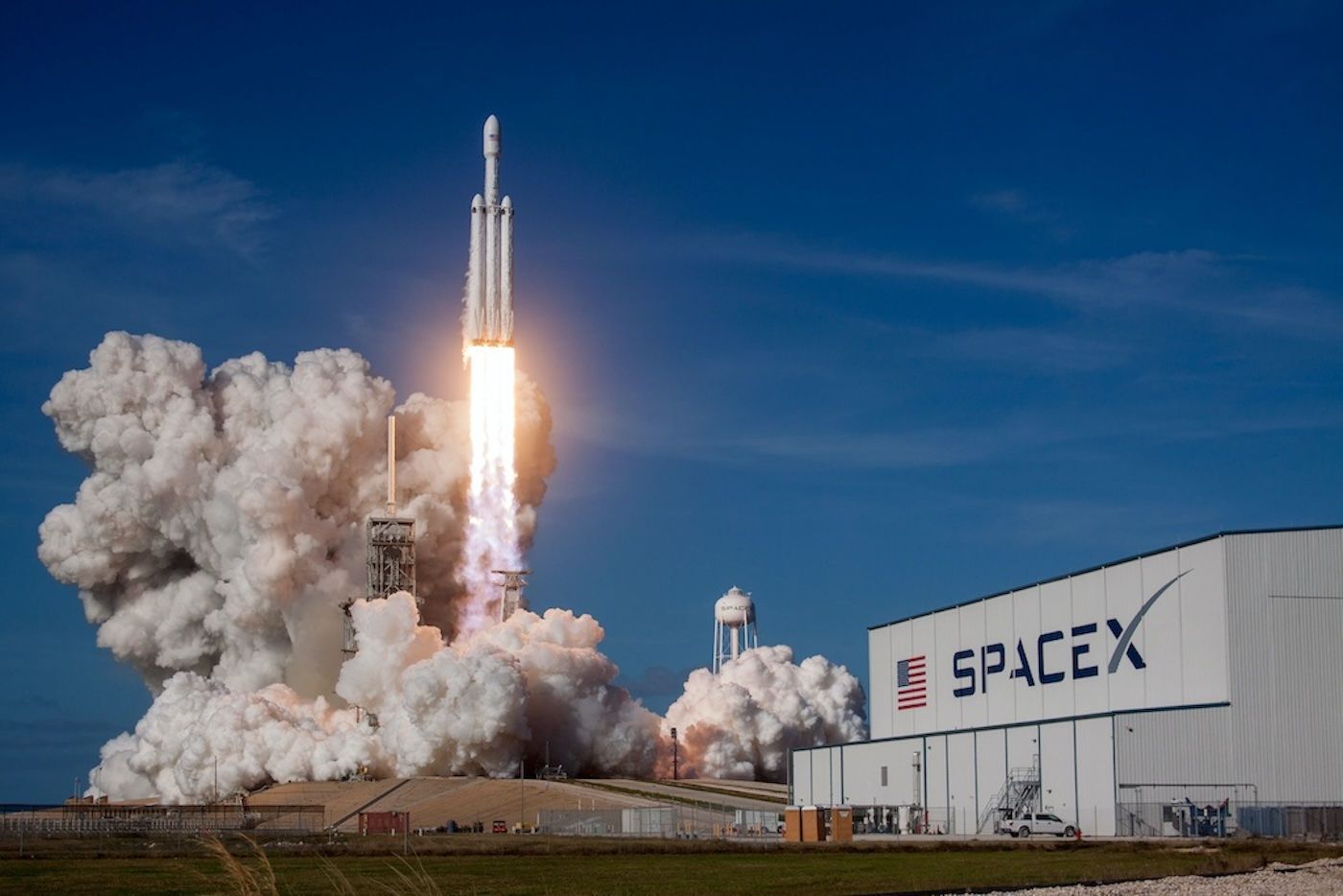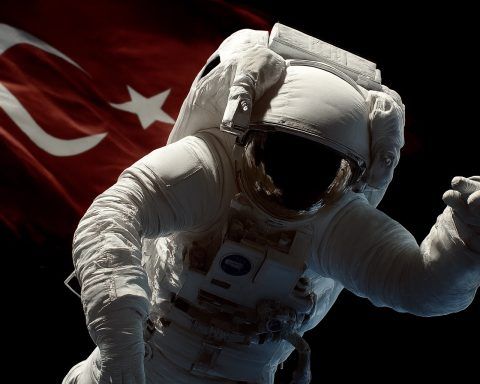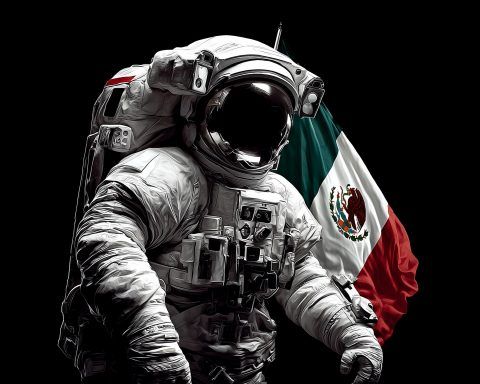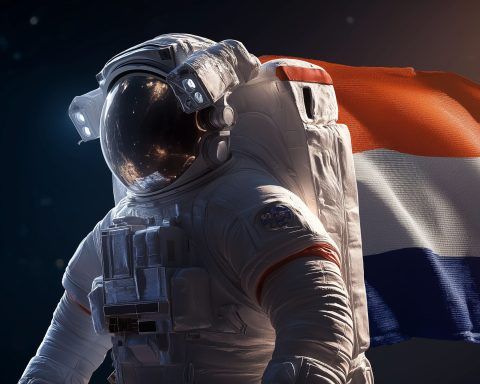
Brightline’s Next Stops: Cocoa & Vegas – Will High‑Speed Rail Boom or Bust?
Florida’s Space Coast Station: Funding Hopes Rise Local officials on Florida’s Space Coast are betting big on Brightline. After a setback in 2024 – when the Federal Railroad Administration rejected Cocoa’s $47.46 million grant request for a station – the community




